
News
Soft Shell Makes Hard Ceramic Less Likely to Shatter
– Rice University, Science Daily, JULY 07 2021
Making Porous Structures 3D printing
– Current Science Vol. 120, No. 10, MAY 25 2021
– Prajwal Suvarna, Deccan Herald News Service, MAR 28 2021
Soft Polymers Reinforce a new, Bioinspired Composite
–Martin Grolms, ADVANCED SCIENCE NEWS, FEB 14 2020
Cover Art

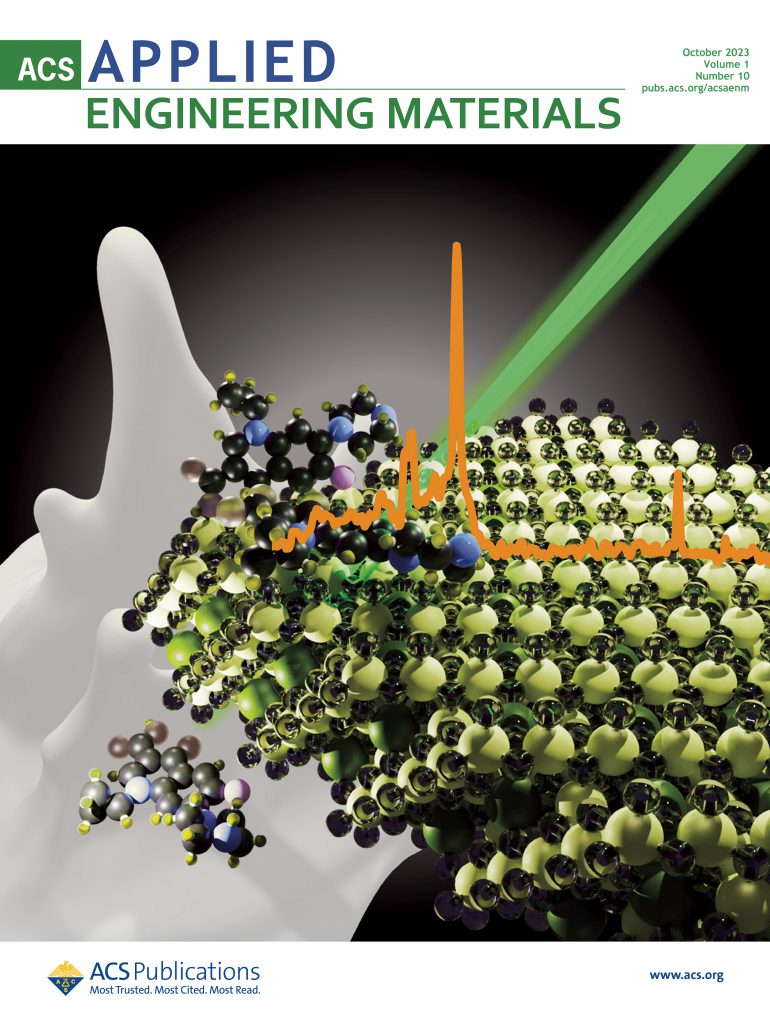
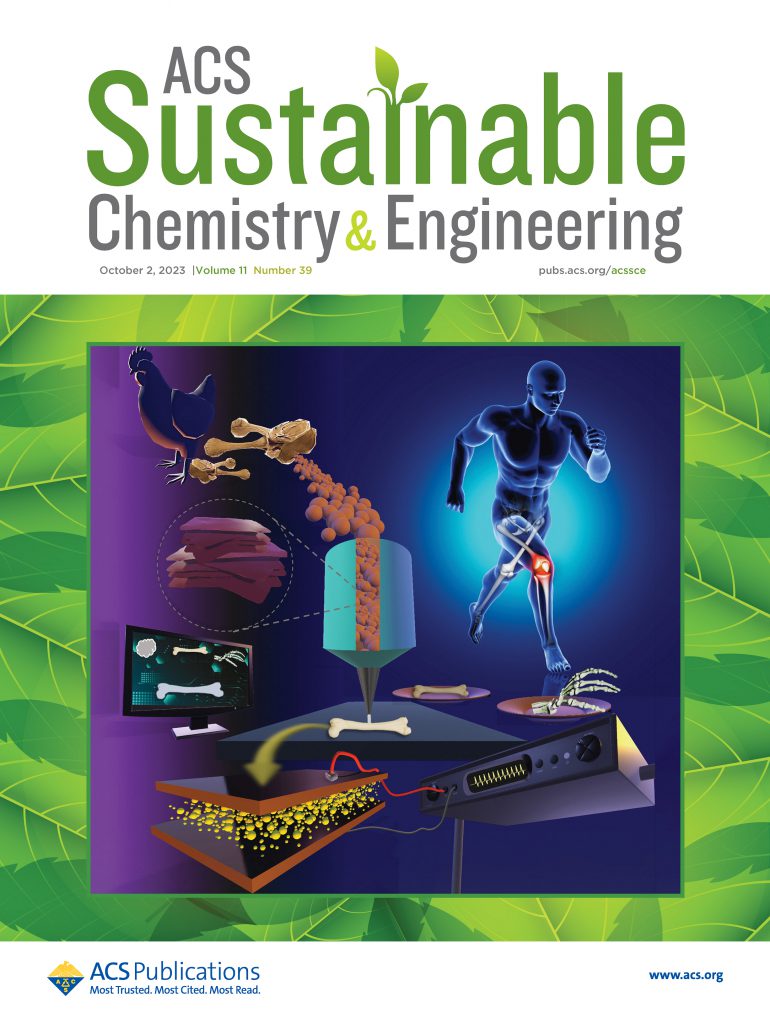
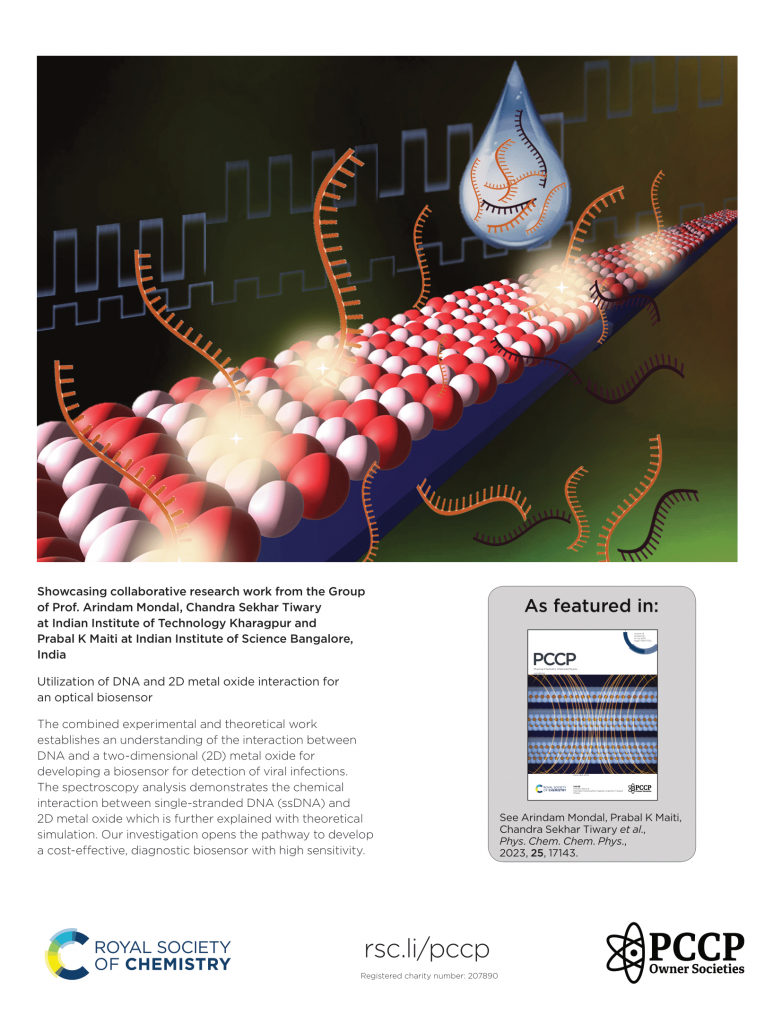
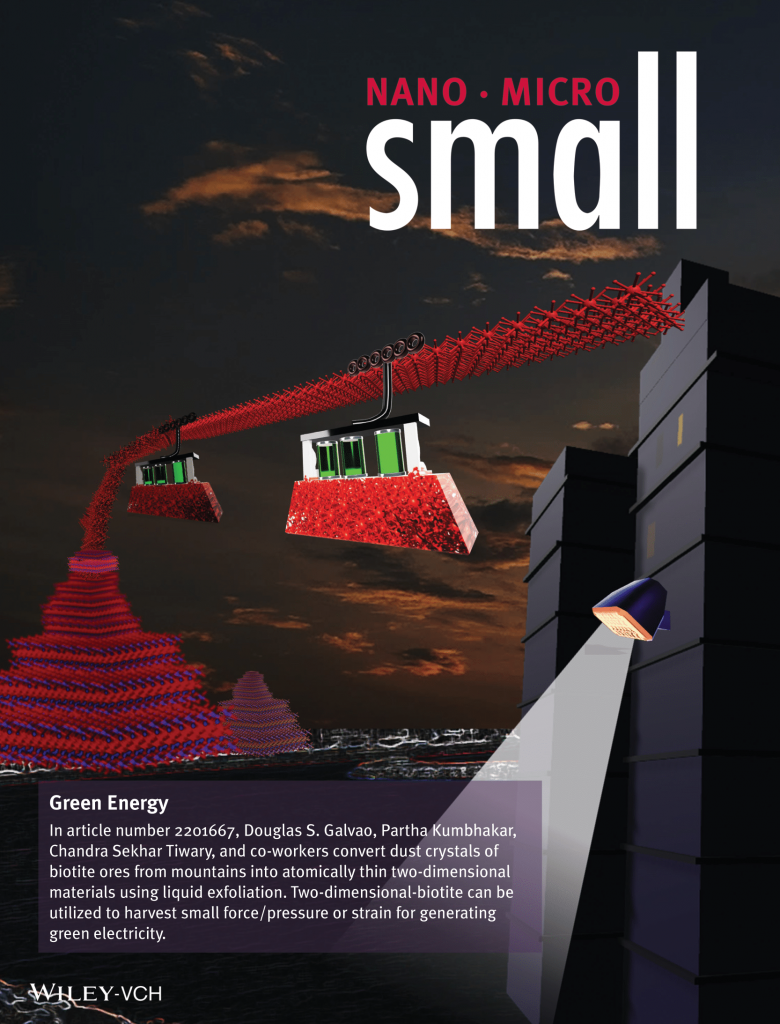
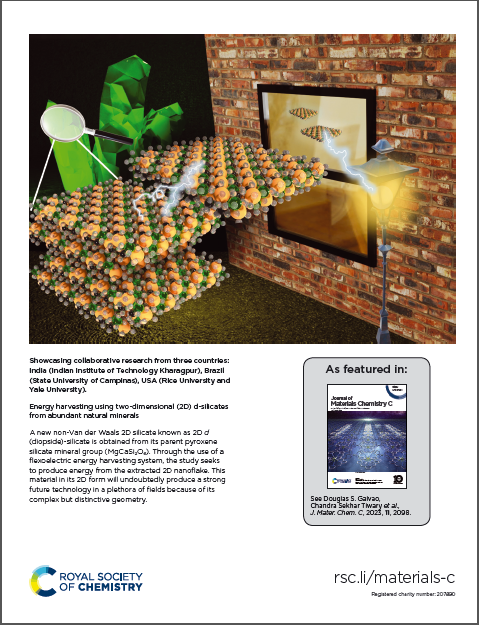
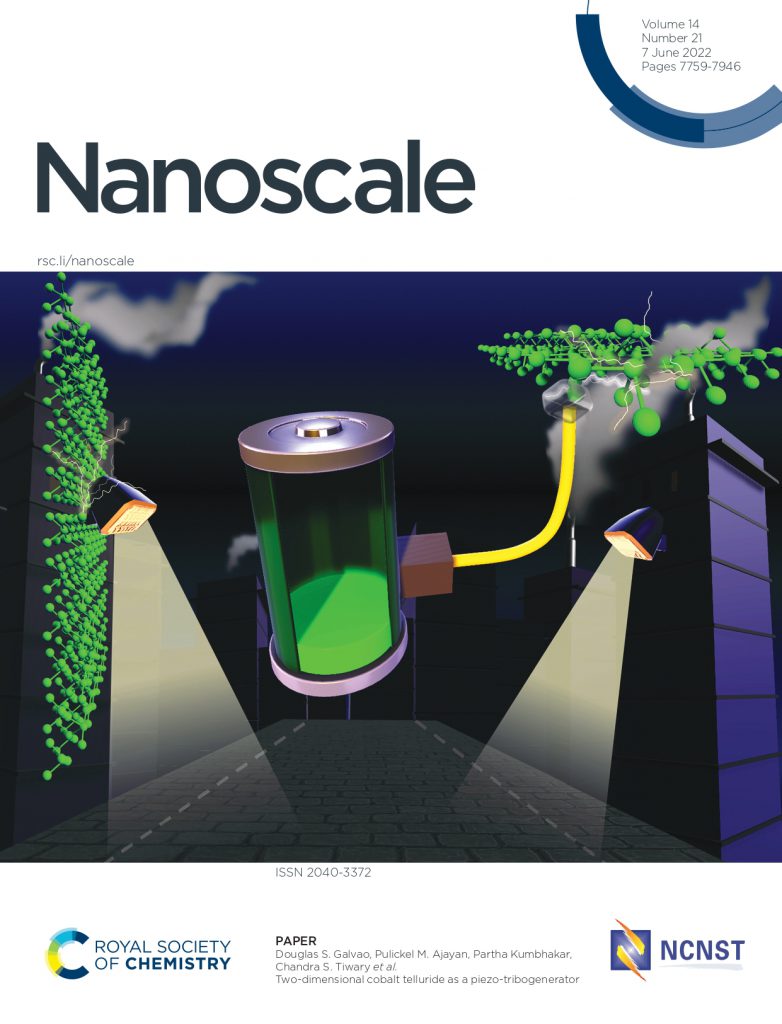
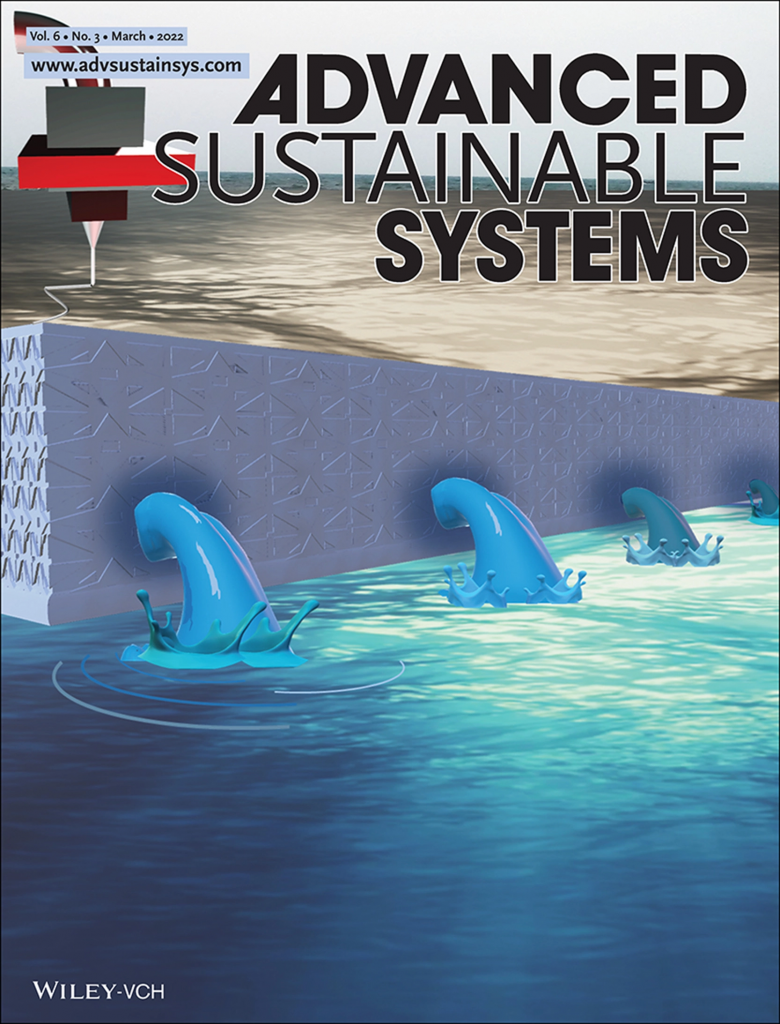
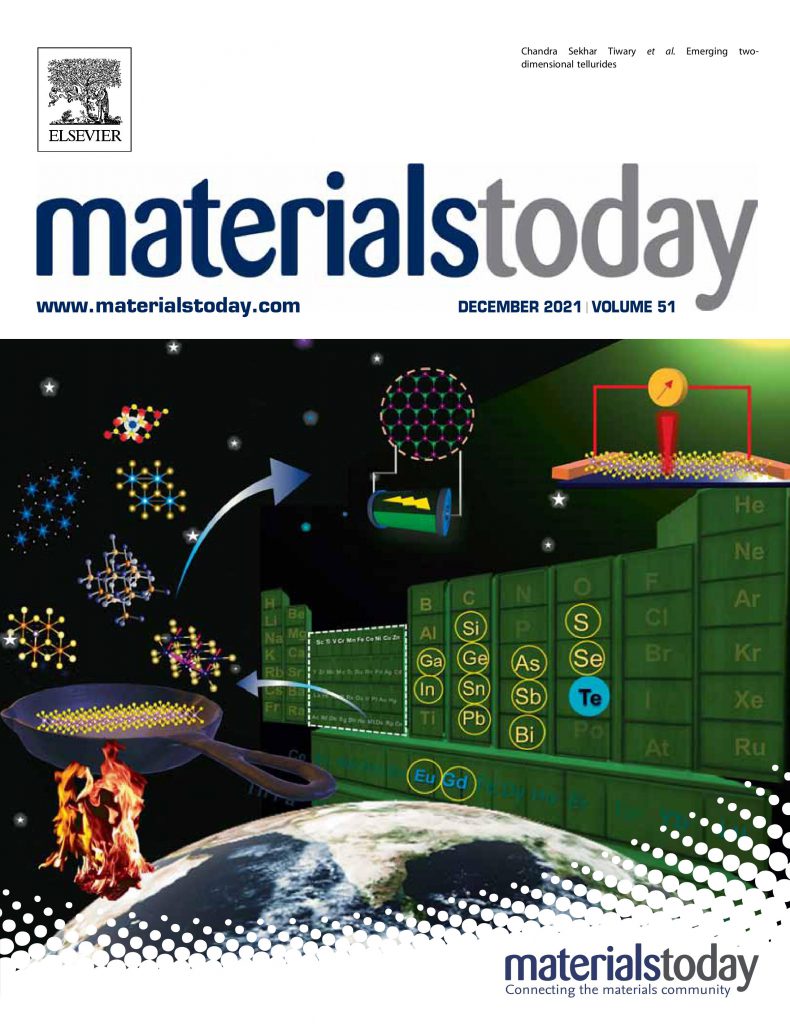
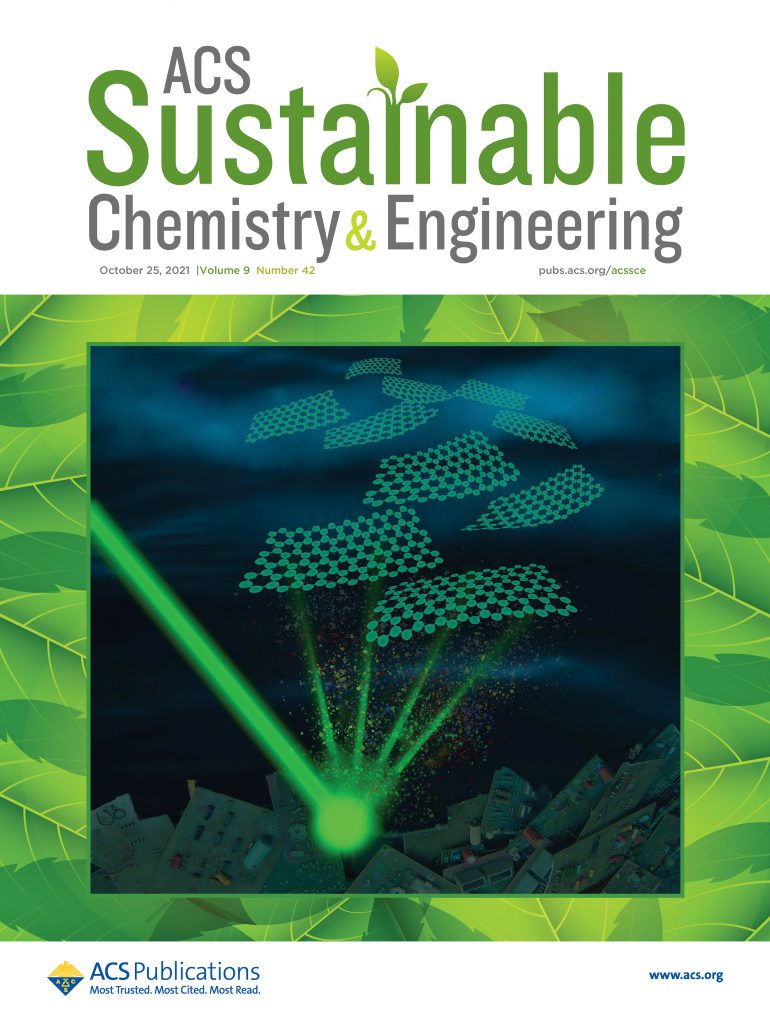
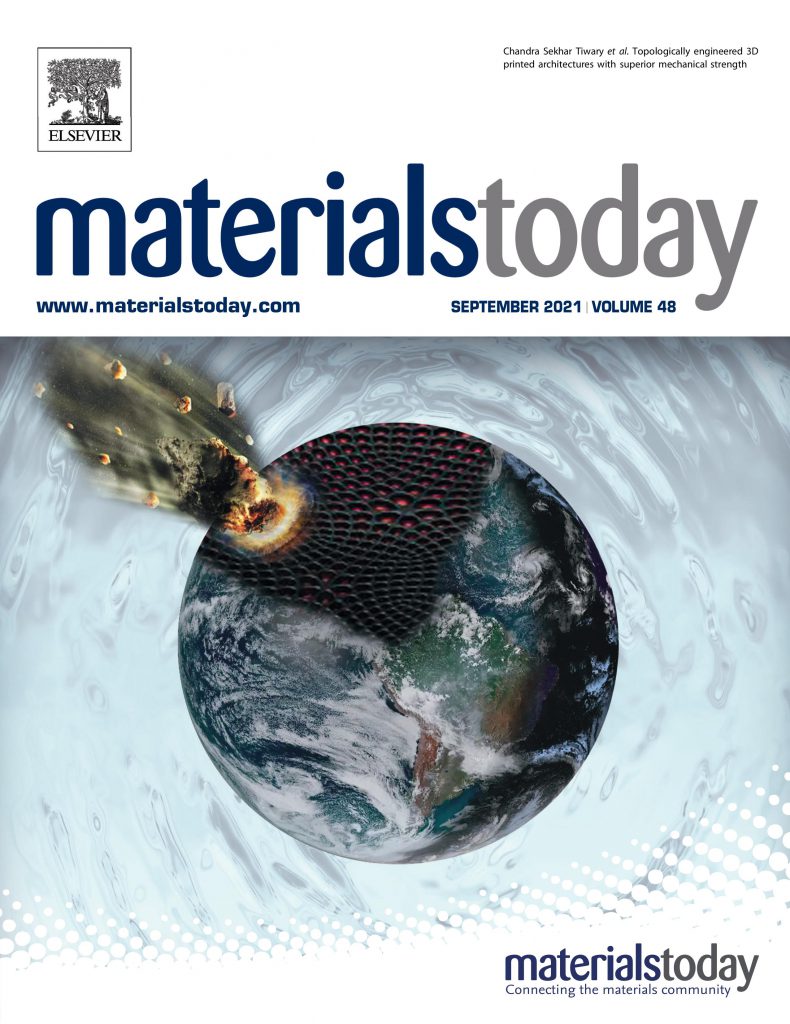
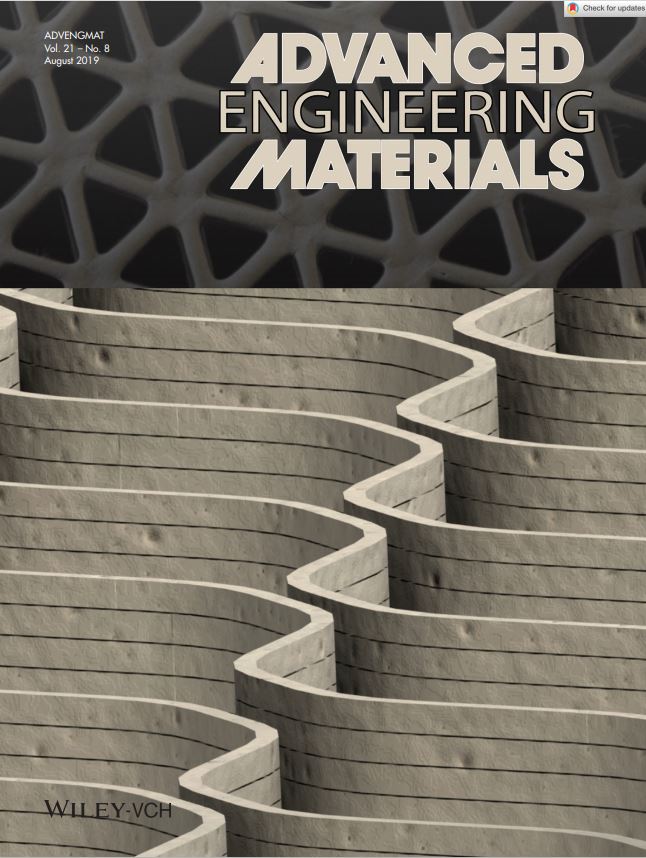

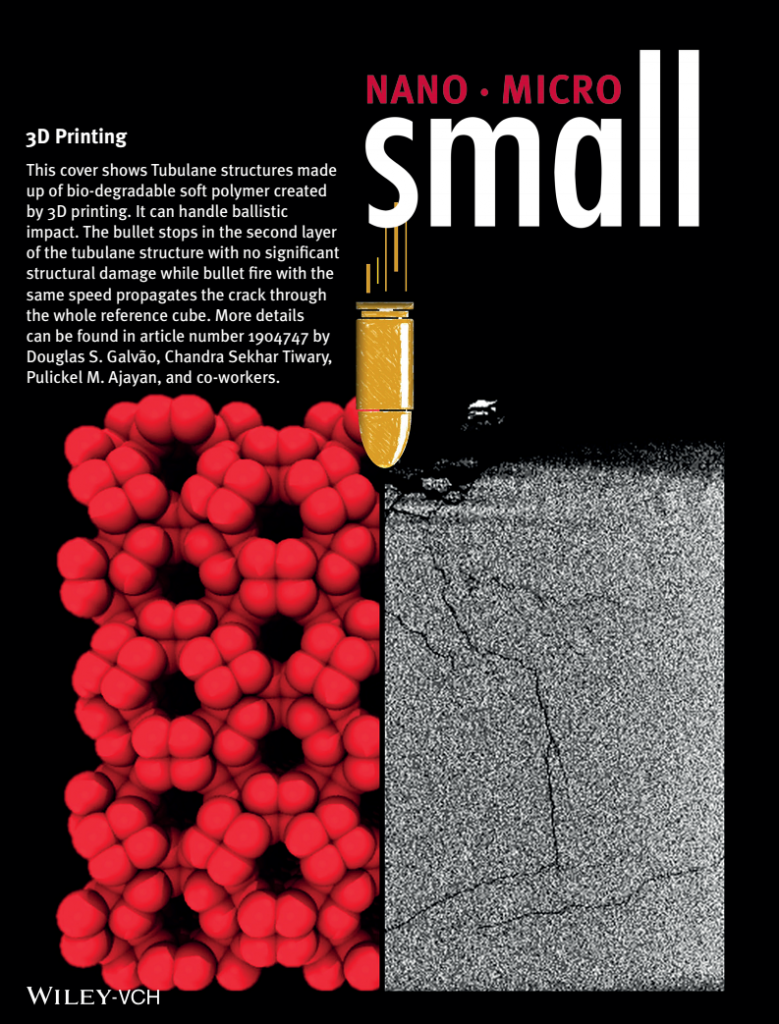
Quaternary Alloys: Thermally Induced 2D Alloy‐Heterostructure Transformation in Quaternary Alloys (Adv. Mater. 45/2018)
Sandhya SusarlaJordan A. HachtelXiting YangAlex KutanaAmey ApteZehua JinRobert VajtaiJuan Carlos IdroboJun LouBoris I. YakobsonChandra Sekhar TiwaryPulickel M. Ajayan

Quaternary 2D Transition Metal Dichalcogenides (TMDs) with Tunable Bandgap, Sandhya Susarla, Alex Kutana, Jordan A. Hachtel, Vidya Kochat, Amey Apte, Robert Vajtai, Juan Carlos Idrobo, Boris I. Yakobson, Chandra Sekhar Tiwary, Pulickel M. Ajayan, Advanced Materials 2017, DOI: 10.1002/adma.201702457.
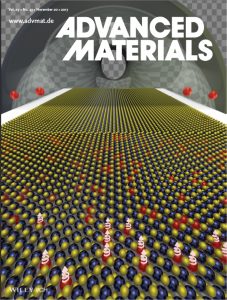
Re Doping in 2D Transition Metal Dichalcogenides as a New Route to Tailor Structural Phases and Induced Magnetism, Vidya Kochat, Amey Apte, Jordan A. Hachtel, Hiroyuki Kumazoe, Aravind Krishnamoorthy, Sandhya Susarla, Juan Carlos Idrobo, Fuyuki Shimojo, Priya Vashishta, Rajiv Kalia, Aiichiro Nakano, Chandra Sekhar Tiwary, Pulickel M. Ajayan, Advanced Materials, 2017, DOI: 10.1002/adma.201703754 .

Highlighted as selected papers in NanolettersSehmus Ozden, Yang Yang, Chandra Sekhar Tiwary, Sanjit Bhowmick, Syed Asif, Evgeni S Penev, Boris I Yakobson, Pulickel M Ajayan, Nanoletters, 2015, 16, 232-236.
Research News

Hematene joins parade of new 2D materials: Scientists extract 3-atom-thick sheets from common iron oxideAn international team has created two-dimensional hematene, an atomically thin form of the common iron oxide known as hematite. The new material shows promise for 2-D magnetism and efficient light-assisted water splitting.
SCIENCEDAILY

Hematene: the new graphene? – MaterialDistrictGraphene, the relatively new, atom-thin material, is considered a game-changing material and has been used in anything from paint to dresses to condoms. Now, 14 years after its discovery, research from scientists at Rice University has led to a new 2D material entering the stage: hematene.

MATERIALDISTRICT
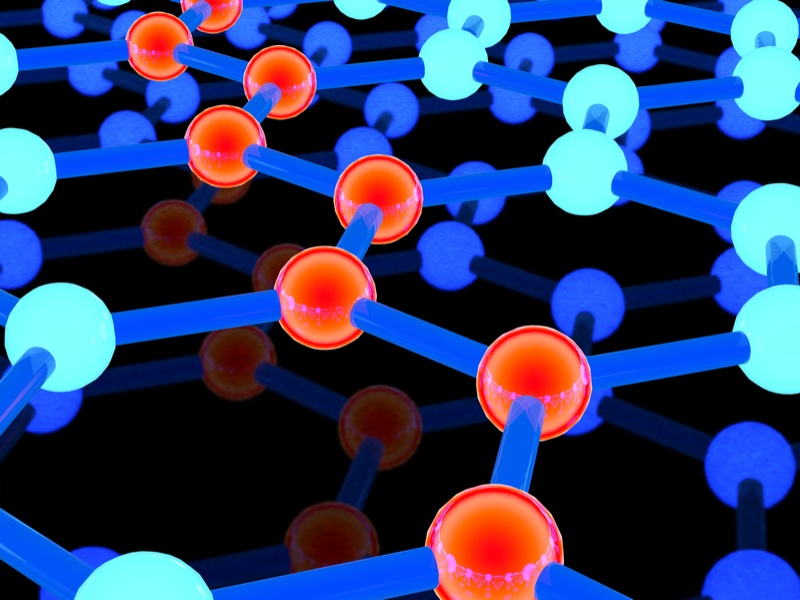
Watch out, graphene! A new wonder material promises big thingsGraphene is considered the go-to futuristic material, but scientists have just spawned a new creation that could be game-changing for solar fuel generation.
SILICON REPUBLIC

The Data Organisation – Data News and Information AggregatorData, Technology, Artificial Intelligence and Machine Learning News and Information Pages all in one place and available for you to bookmark and return. No subscription and no searching the web is necessary, we do all the hard work.
THE DATA ORGANISATION
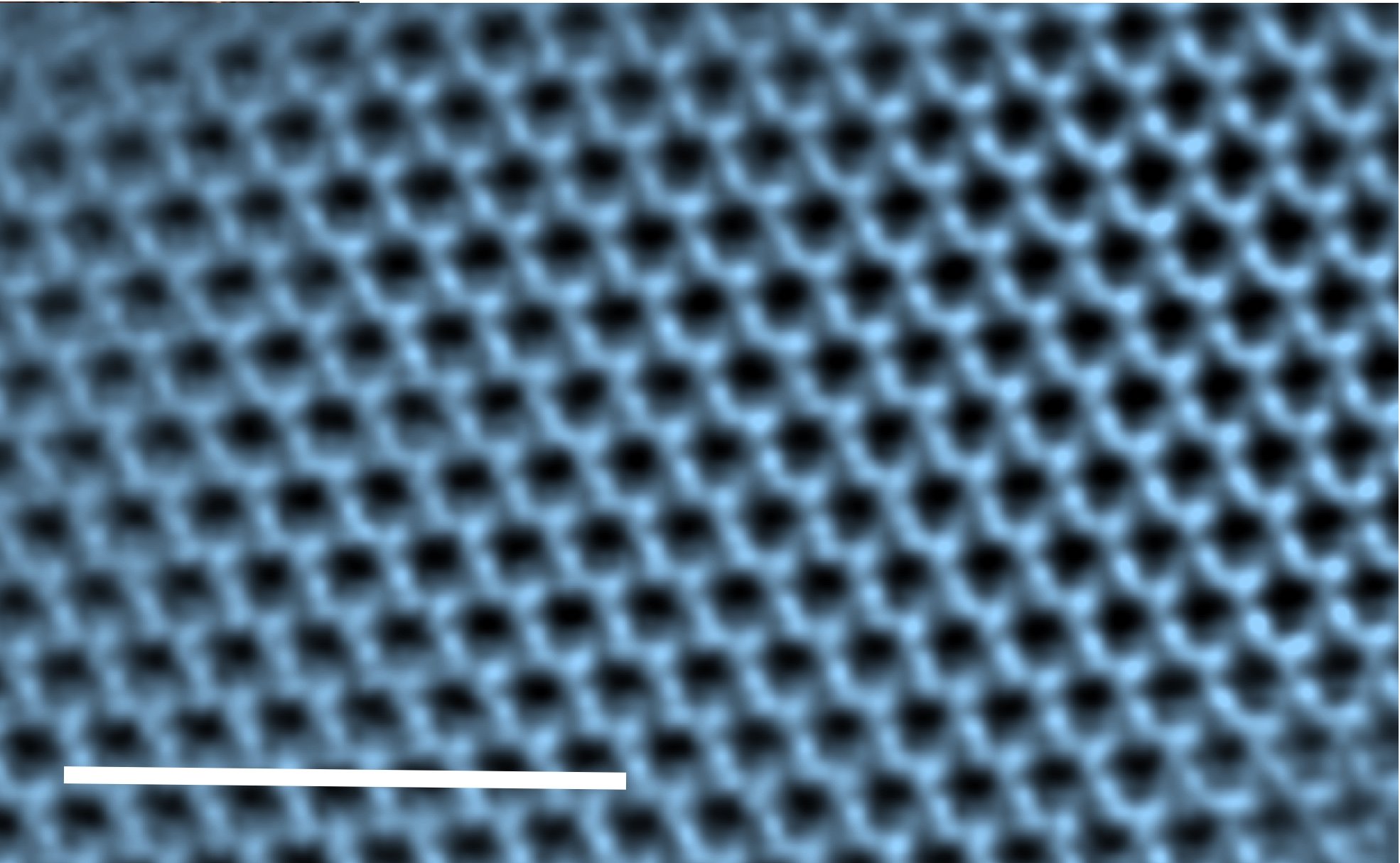
Hematene joins parade of new 2-D materials—Team extracts 3-atom-thick sheets from common iron oxideIn the wake of its recent discovery of a flat form of gallium, an international team led by scientists from Rice University has created another two-dimensional material that the researchers said could be a game changer for solar fuel generation.Rice materials scientist Pulickel Ajayan and colleagues extracted 3-atom-thick hematene from common iron ore. The research…
PHYS.ORG

Fred Ryan and The Washington Post Are Reshaping the Future of the News – HUGE thinkingSyndicated SEO, digital marketing, design & tech news for the modern mind. Discover & share “Fred Ryan and The Washington Post Are Reshaping the Future of the News”

HUGE THINKING

For graphite pellets, just add elbow greaseRice University researchers crush and press functionalized graphene to make strong, light graphite pellets that hold promise for electronic and catalytic applications.
EUREKALERT!
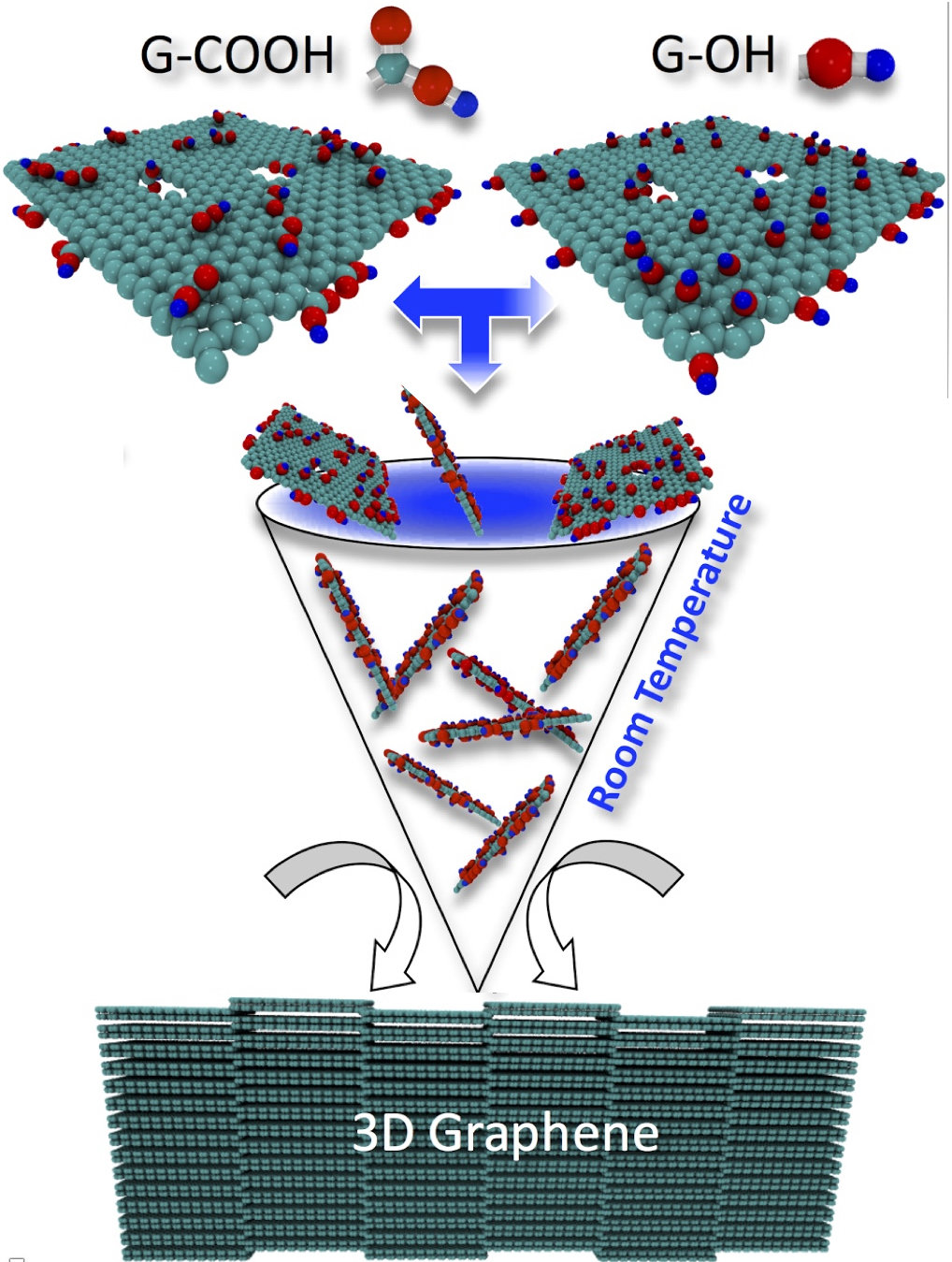
For graphite pellets, just add elbow greaseIt’s easy and economical to make shiny pellets of graphite from functionalized graphene, according to scientists at Rice University.
PHYS.ORG

For graphite pellets, just add elbow grease: Researchers use mechano-chemical process to make strong, lightweight materialResearchers crush and press functionalized graphene to make strong, light graphite pellets that hold promise for electronic and catalytic applications.
SCIENCEDAILY
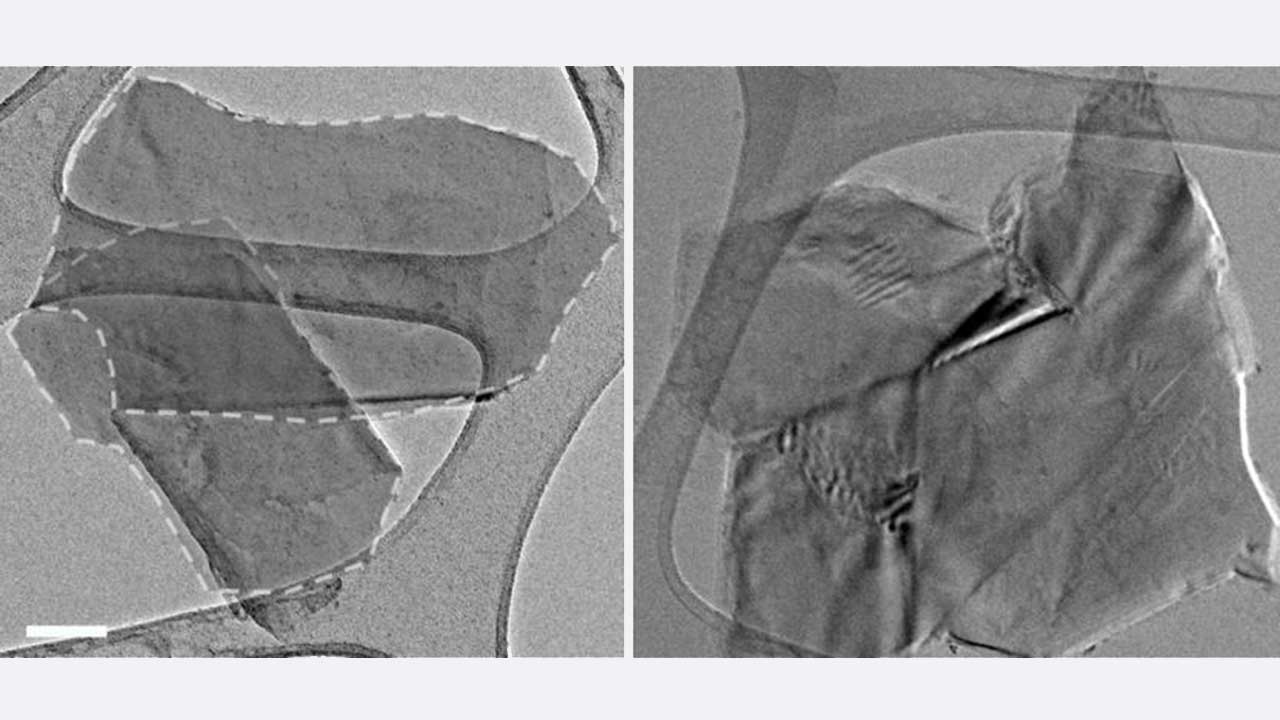
For graphite pellets, just add elbow grease – Tech ExploristScientists demonstrated the environmentally friendly, scalable process can be done in minutes by hand by grinding chemically modified graphene into a powder and using a hand-powered press to squeeze the powder into solid graphite pellets.

TECH EXPLORIST

Page not found – Pro Viral Media

PRO VIRAL MEDIA

The Data Organisation – Data News and Information AggregatorData, Technology, Artificial Intelligence and Machine Learning News and Information Pages all in one place and available for you to bookmark and return. No subscription and no searching the web is necessary, we do all the hard work.
THE DATA ORGANISATION

Flat gallium joins roster of new 2-D materialsScientists at Rice University and the Indian Institute of Science, Bangalore, have discovered a method to make atomically flat gallium that shows promise for nanoscale electronics.
EUREKALERT!
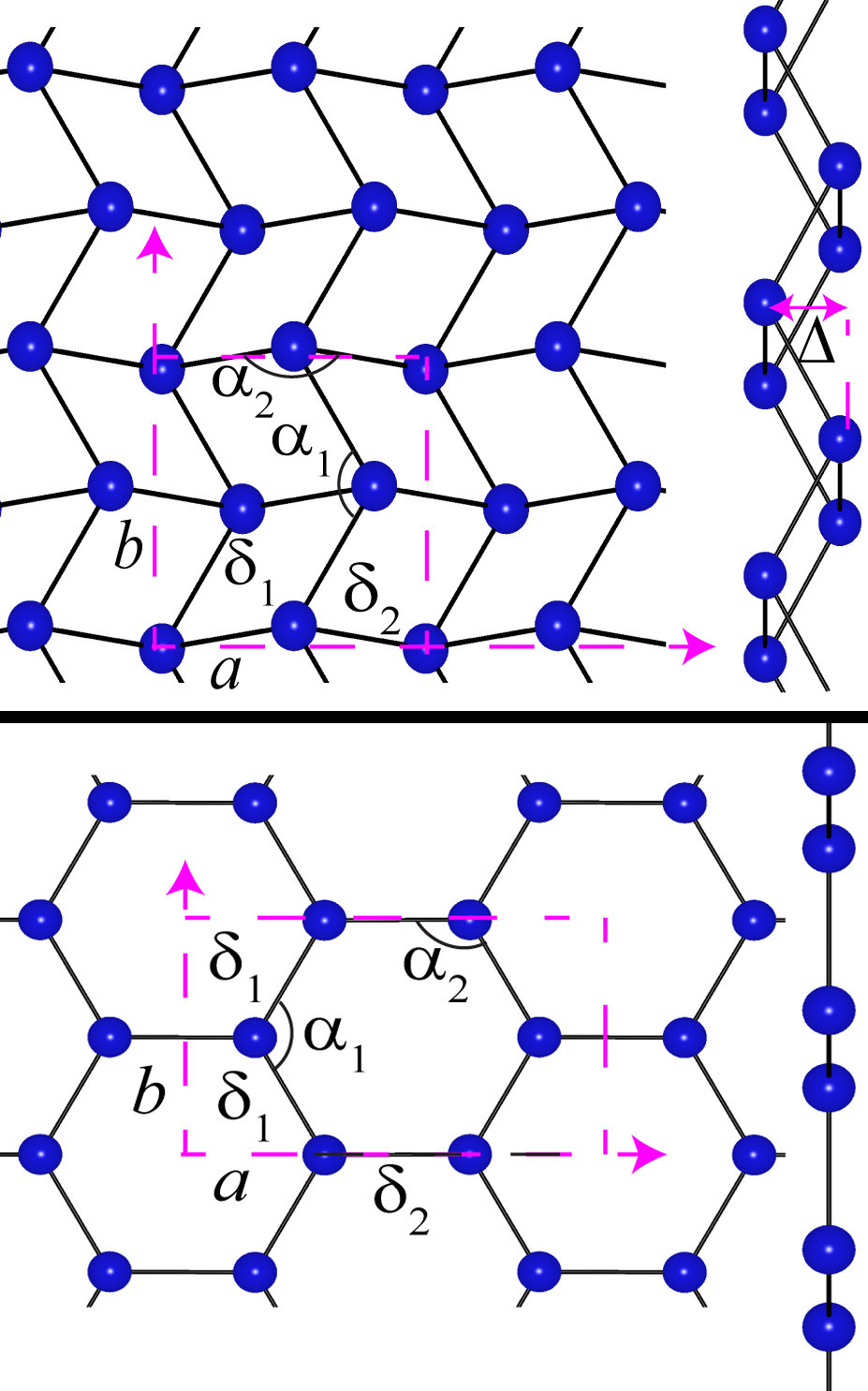
Flat gallium joins roster of new 2-D materialsScientists at Rice University and the Indian Institute of Science, Bangalore, have discovered a method to make atomically flat gallium that shows promise for nanoscale electronics.
PHYS.ORG

Flat gallium joins roster of new 2-D materialsScientists have discovered a method to make atomically flat gallium that shows promise for nanoscale electronics.
SCIENCEDAILY

E-waste not, want not: Freezing, crushing and reclaiming old electronicsConsumer electronics are advancing faster and becoming more affordable by the year, but as exciting as that is for users, it’s bad news for the environment. Discarded electronics (or e-waste) brimming with valuable and toxic components is building up in landfills around the world, and it’s…

NEW ATLAS

SiC nanotubes help strengthen rocket enginesSilicon carbide nanotubes have been found to add strength to the ceramic composite materials NASA is using for its next generation of rocket engines. (Ajayan Research Group/Rice University) Developed by researchers at Rice University, the nanotubes have loops and curls on their exposed surfaces. Acting like Velcro, the nanomaterials hook into the surface of the…

THE ENGINEER

‘Fuzzy fibres’ may help future rockets stand extreme heatScientists have developed “fuzzy fibres” that act like Velcro and could stand up to the heat and pressure of next-generation rocket engines.

THE INDIAN EXPRESS

Nanotubes morphed into tougher carbon for spacecraft, satellitesResearchers turn nanotubes into nanodiamonds and other forms of carbon by smashing them into a target at hypervelocity. The results will help in the design of light, strong materials for aerospace applications.
SCIENCEDAILY

Why nanotubes now have their own alphabet – Futurity“We needed some sort of language to describe the specific configuration of the junctions, so we thought, ‘Let’s use letters,'” says Evgeni Penev.

FUTURITY

How 3D-printed shells crack under stress – FuturityStrength tests show how seashells break in ways that minimize damage to the creature inside, and which shapes do this best.

FUTURITY
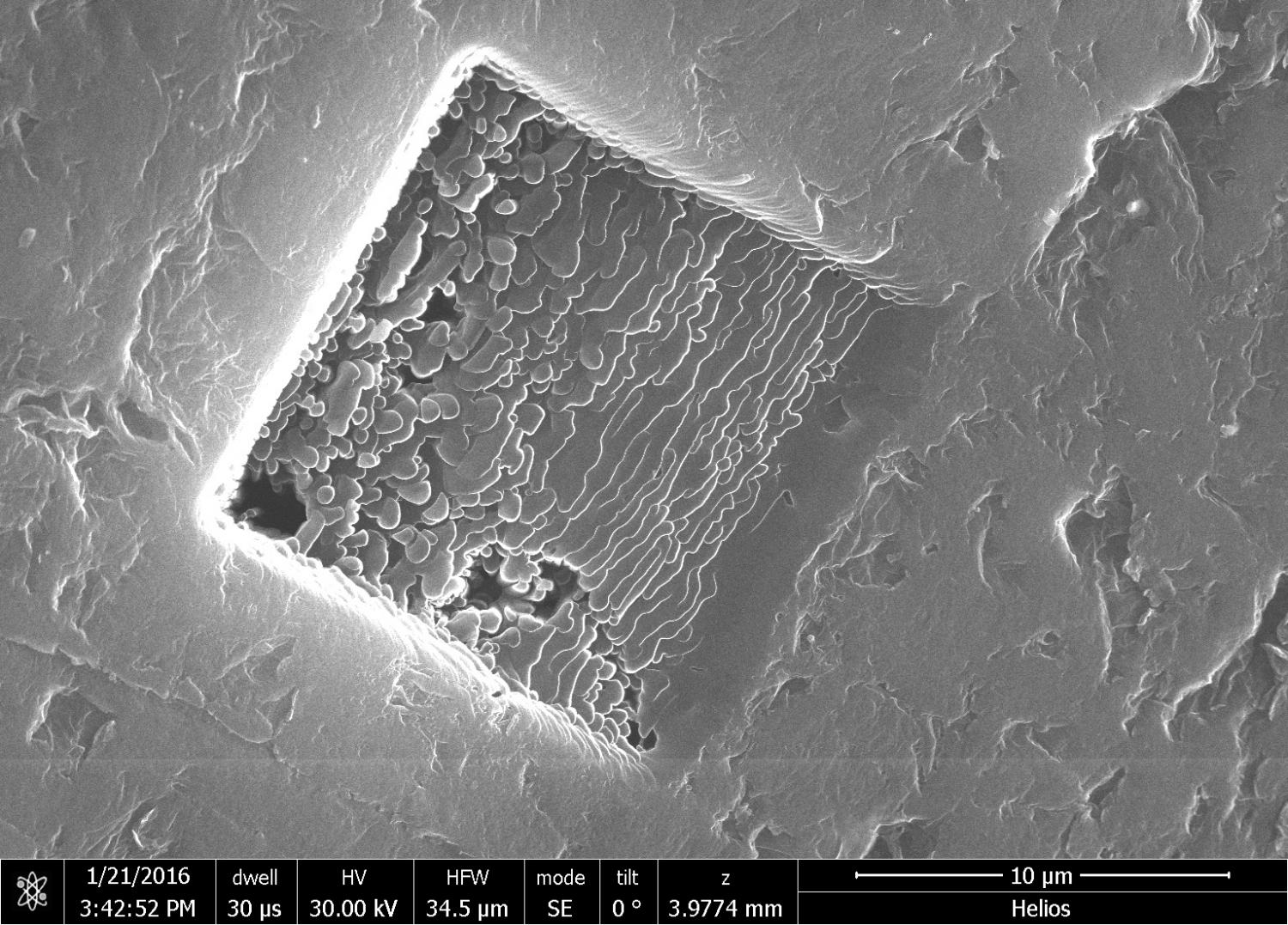
3-D graphene has promise for bio applications: Team welds nanoscale sheets to form tough, porous materialFlakes of graphene welded together into solid materials may be suitable for bone implants, according to a study led by Rice University scientists.
PHYS.ORG

Carbon dots dash toward ‘green’ recycling roleNitrogen-doped graphene quantum dots are used as electrocatalysts to reduce carbon dioxide, a greenhouse gas, to valuable hydrocarbons like ethylene and ethanol.
EUREKALERT!

Titanium and gold equals new gold standard for artificial joints: Titanium-gold alloy that is 4 times harder than most steelsTitanium is the leading material for artificial knee and hip joints because it’s strong, wear-resistant and nontoxic, but an unexpected discovery by physicists shows that the gold standard for artificial joints can be improved with the addition of some actual gold.
SCIENCEDAILY
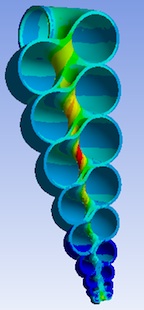
3D-Printed Models Used to Study the Strength of Mollusk ShellsIndian Institute of Science and Rice University researchers are studying how mollusks can withstand high pressures at the bottom of the ocean. Mollusks have a soft interior but their exterior shell is designed in a way that protects them even in very difficult conditions.

AZOM.COM

Page not found – RedorbitREDORBIT

Forscher verwandeln jahrhundertealte Theorie per 3D-Druck in SchwarziteUS-Forscher der Rice University haben mit Hilfe von 3D-Druckern s.g. Schwarzite hergestellt. Diese bisher nur aus Theorien bekannte Strukturen haben einige sehr interessante Eigenschaften, die für das Bauwesen aber auch die Automobil- und Luftfahrtindustrie von Interesse sein könnten.

3D-GRENZENLOS MAGAZIN – DEUTSCHLANDS WEBSITE ZUM 3D-DRUCK!

Making green fuels, no fossils required: Efficient, potentially inexpensive reduction of carbon dioxide into carbon monoxide with nitrogen-doped carbon nanotubes as electrocatalystConverting solar or wind into carbon-based ‘fossil’ fuels might seem anything but green, but when you start with carbon dioxide — which can be dragged out of the air — it’s as green as it gets. The technology that makes it economically feasible isn’t available yet, but a recently published paper presents nice step forward…
SCIENCEDAILY

Tough foam from tiny sheets: Lab uses atom-thick materials to make ultralight foamTough, ultralight foam of atom-thick sheets can be made to any size and shape through a new chemical process. In microscopic images, the foam dubbed “GO-0.5BN” looks like a nanoscale building, with floors and walls that reinforce each other. The structure consists of a pair of two-dimensional materials: floors and walls of graphene oxide that…
SCIENCEDAILY
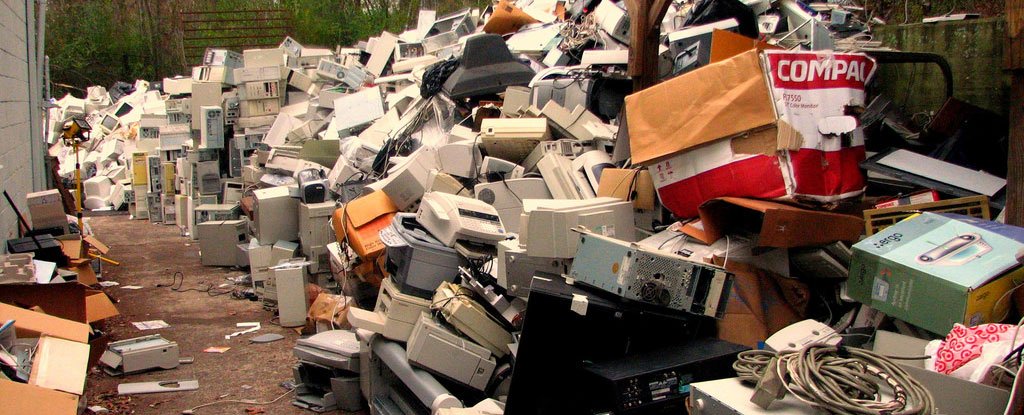
Scientists Say We Can Fix The E-Waste Problem by Pulverising Electronics Into NanodustScientists have come up with a new solution for the mounting piles of e-waste that are rapidly building up on the planet, which are estimated to reach 50 million metric tonnes of discarded electronics worldwide next year.
SCIENCEALERT
IISc researchers’ ecofriendly way of recycling e-wasteThe low-temperature crushing reduced e-waste into metals, oxides, polymer without using chemicals
THE HINDU
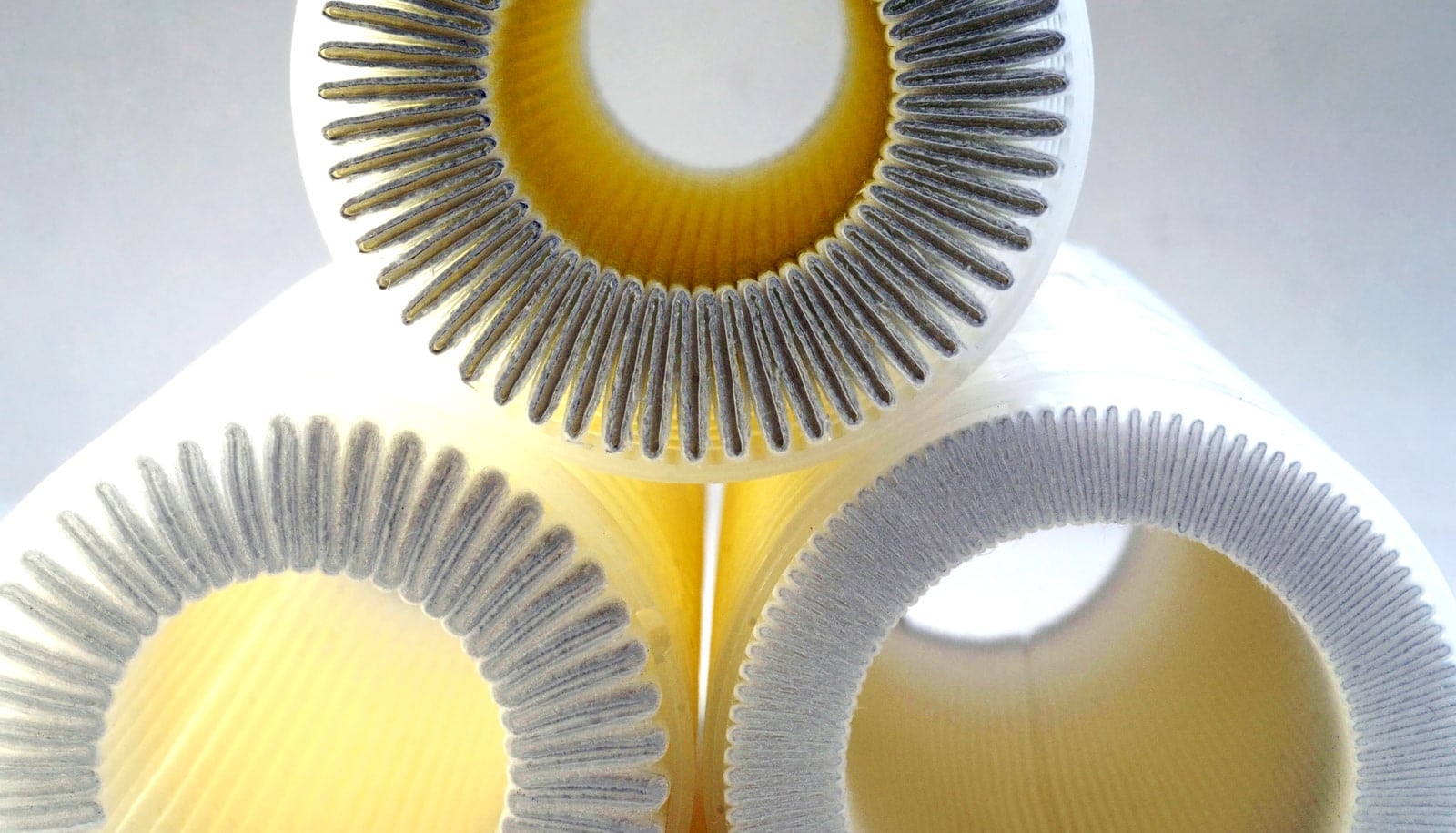
Reusable freeze-dried foam sucks up carbon dioxide – FuturityA new, light foam made with freeze-drying techniques could soak up carbon dioxide as part of air filters.

FUTURITY

YOURSTORY.COM

US academics predict buildings will be 3D-printed as a single structure – News – GCRResearchers at Rice University in Houston, Texas, have used 3D printers to create structures known ……
WWW.GLOBALCONSTRUCTIONREVIEW.COM
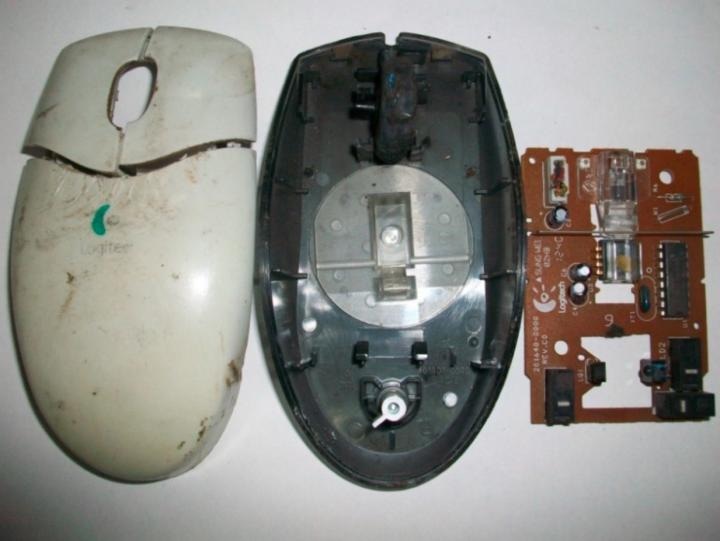
Cryo-Mill Used to Crush Electronic Waste into Separated PowdersA idea to simplify electronic waste recycling was recently proposed by a team of researchers from Rice University and the Indian Institute of Science. They recommend crushing the electronic waste into nanodust.

AZOCLEANTECH.COM
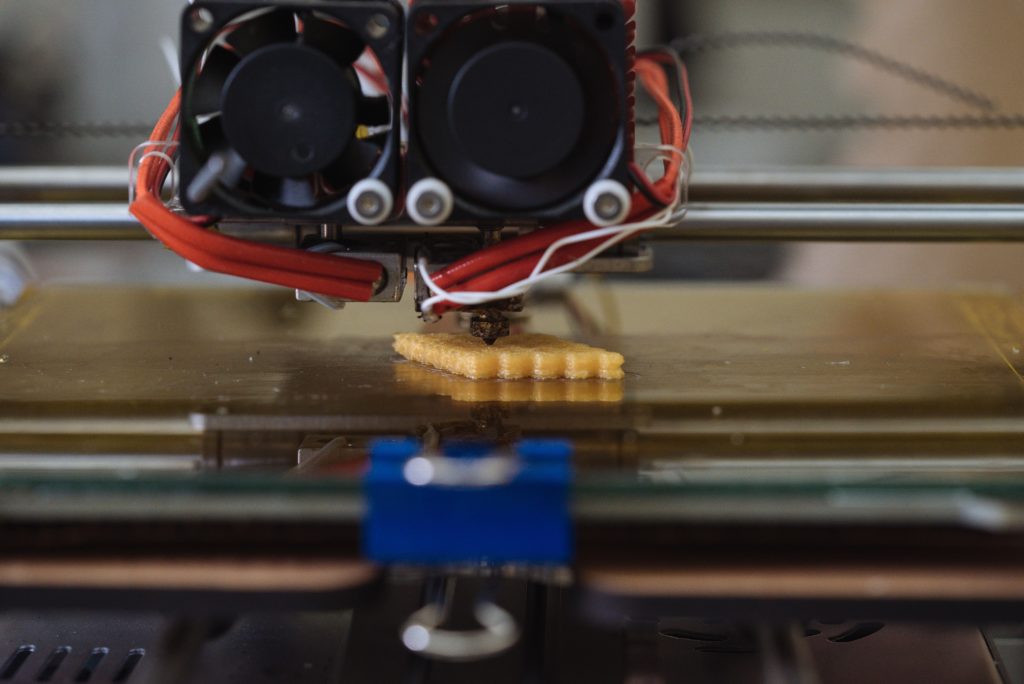
3-D printing: Prototype bumper fascia produced quickly; Rice ‘schwarzites’ could make structural car parts – Repairer Driven News3-D printing still has far to go before it reaches the average collision repairer, but a couple of recent announcements hint at the additive manufacturing…

REPAIRER DRIVEN NEWS

Freeze-dried foam sponges up CO2 from the airResearchers at Rice University have developed a new material that could be used to capture carbon dioxide from the atmosphere. Made from hexagonal-boron nitride (h-BN) and polyvinyl alcohol (PVA), the foam can soak up more than three times its own weight in CO2, before releasing the gas on demand…

NEW ATLAS

To recycle old gadgets, crush them into nanodust – FuturityUsing a low-temperature cryo-mill to pulverize e-waste could be more eco-friendly than the current options—landfills and incinerators.

FUTURITY
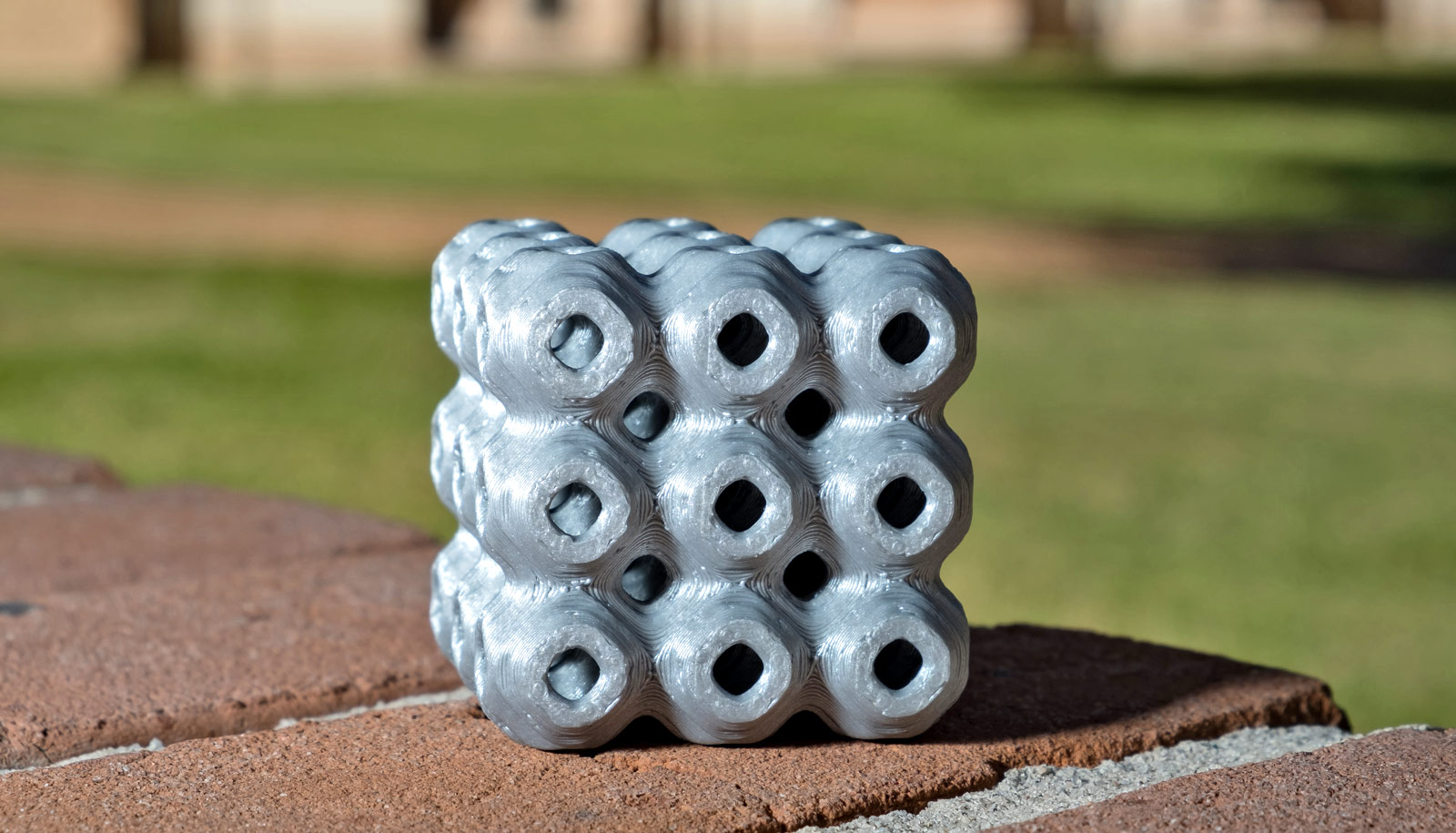
3D-printed ‘schwarzites’ could build all kinds of stuff – Futurity“You can make a whole building out of this material, and if something falls on it, it’s going to collapse slowly, so what’s inside will be protected.”

FUTURITY

Nature-inspired material uses liquid reinforcement: Nanoengineers create liquid-solid composites using clues from natureMaterials scientists are looking to nature — at the discs in human spines and the skin in ocean-diving fish, for example — for clues about how to use liquid to increase the stiffness of flexible composites.
SCIENCEDAILY

To make 2D alloy magnetic, replace a few atoms – FuturityResearchers working with atom-thick sheets of alloys have found, by surprise, that they could make them magnetic.

FUTURITY
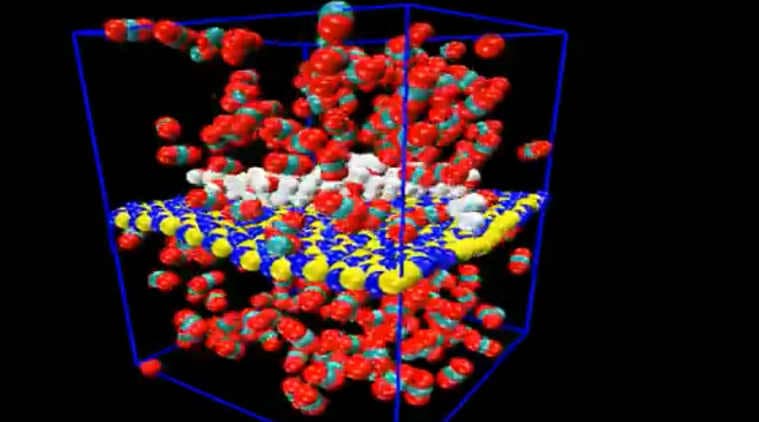
Scientists create reusable boron nitride foam that soaks up carbon dioxideResearchers at Rice University in the US discovered that freeze-drying hexagonal-boron nitride (h-BN) turned it into a macro-scale foam that disintegrates in liquids. Scientists have created a reusable boron nitride foam that soaks up carbon dioxide, and may be used in air filters and as gas absorption material

THE INDIAN EXPRESS
